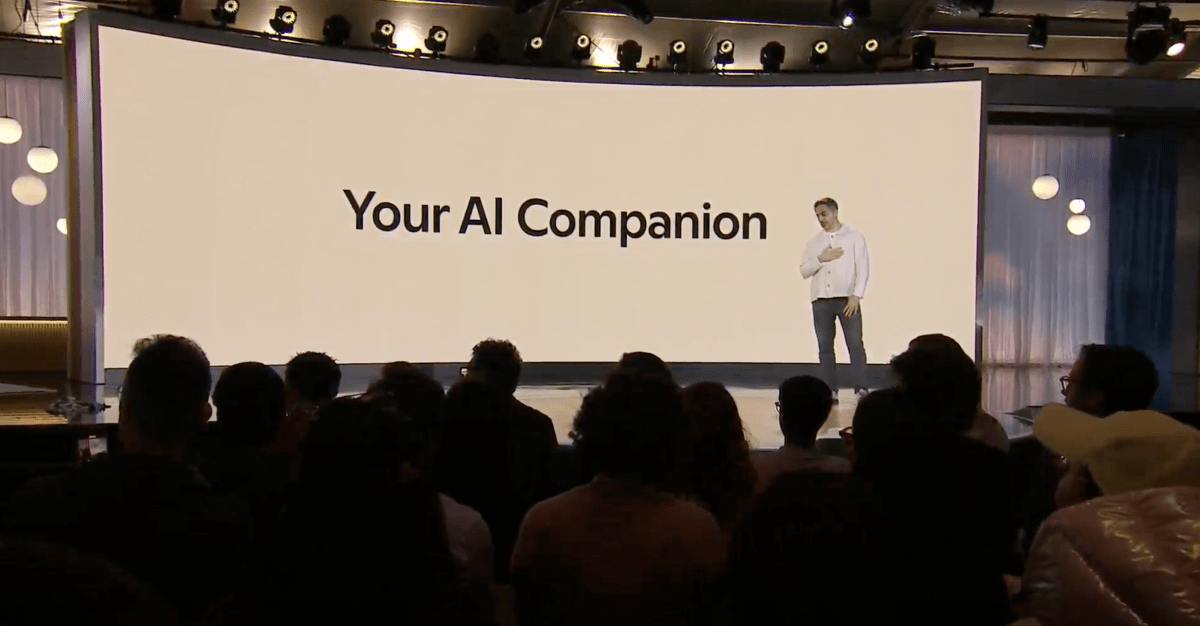
Scientists Map the Limits of the Knowable and the Unknowable.
Mathematics and computer science researchers have long been aware that there are questions that cannot be definitively answered. Currently, physicists are investigating how physical systems impose precise limits on our predictive capabilities.
In 1814, French scholar Pierre-Simon Laplace expressed his belief that the universe could be fully understood, suggesting that a sufficiently intelligent "demon" could predict the entire future by knowing the present in detail. This idea marked a period of great optimism regarding the predictive capabilities of physics. However, throughout history, reality has challenged this notion of total understanding.
One of the greatest obstacles emerged in the 20th century with the advent of quantum mechanics, which revealed that quantum particles exist in a state of diffuse possibilities until they are measured, preventing knowledge of their precise position. Another challenge arose when scientists began to understand how chaotic systems can amplify uncertainties. For example, predicting the weather in 50 years requires infinite knowledge of the present, down to the smallest detail.
More recently, a third limitation has emerged in physics that could be the most impactful of all: undecidability. This concept has been observed in both quantum and classical systems, such as ocean currents. Undecidability implies that there are certain questions that cannot be answered, even with perfect knowledge of a system's state. Toby Cubitt, a physicist and computer scientist at University College London, stated that even with "divine vision," one could not predict the future of a system.
Eva Miranda, a mathematician at the Polytechnic University of Catalonia (UPC) in Spain, described undecidability as a problem "of a higher level" than chaos. Mathematicians and computational scientists have demonstrated for over a century that there exist mathematical statements that cannot be proven, and now physicists are linking these unknowable mathematical systems with an increasing number of physical systems.
A notable example of undecidability dates back to 1990 when Cris Moore designed an undecidable machine with a single moving component. His model, which was purely theoretical, resembled a customizable pinball machine. Essentially, a player would launch a ball into a box, and as the ball bounced, it would perform a series of calculations. Moore was inspired by Turing machines, defined by Alan Turing in a seminal paper in 1936. A Turing machine can execute any sequence of mathematical and logical operations, and many physicists consider it to encapsulate the limits of computation.
Moore drew an analogy between his pinball machine and the behavior of Turing machines. In a chaotic system, no detail should be overlooked, meaning that a small variation, like the flap of a butterfly’s wings, can influence significant events. Moore designed his machine to operate similarly to a Turing machine, leading to unpredictable behaviors.
The question of whether there exists a procedure that can determine if a program will halt or not, known as the halting problem, turned out to be undecidable, implying that there is no universal method to predict the machine's behavior. Thus, Moore's pinball machine became a tangible representation of how even with total knowledge, certain questions remain unanswered.
Cubitt and other researchers have continued to explore undecidability within quantum systems, seeking to solve complex problems such as the spectral gap of quantum materials, which is crucial in the study of a system's energy in its lowest state. Their work has demonstrated that undecidability also exists in the realm of quantum physics.
Additionally, other researchers have explored limits in the predictability of fluid systems, creating models in which the flow of a liquid can lead to undecidable trajectories. These studies highlight that computational problems and undecidability are interrelated with the very structure of physics.
Despite the inability to create fully predictive machines in practice, this research has shown that there are fundamental limits to our understanding of the universe. While physicists continue to work to uncover the laws that govern nature, some aspects of those systems may remain impenetrable. Ultimately, the quest for knowledge remains alive, with the discovery of undecidability standing as a significant response in science.



